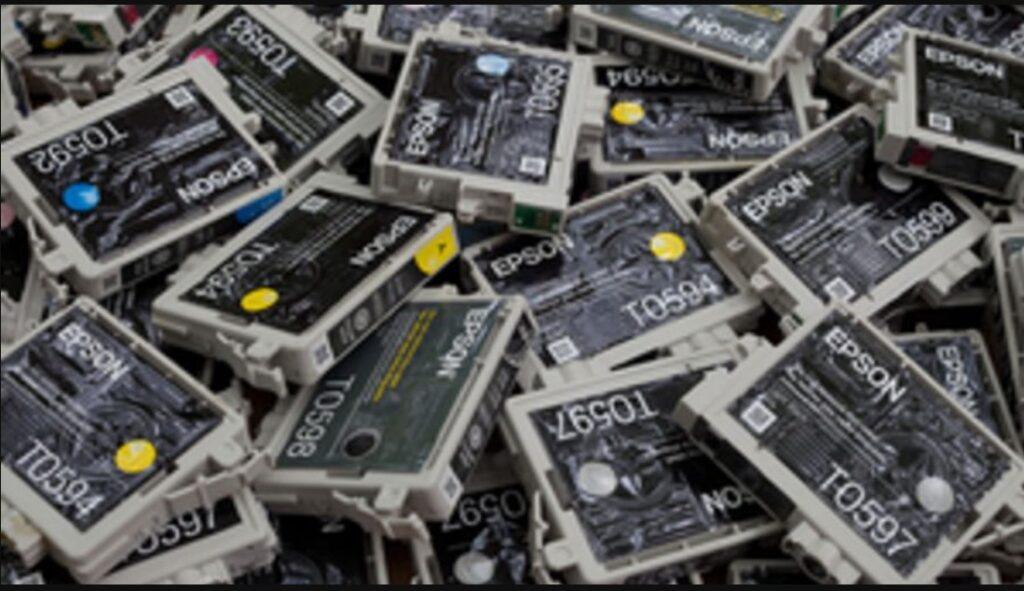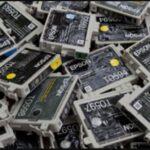Planned obsolescence refers to a business strategy often adopted by various tech companies to push sales for newer products. It means that every device produced by the manufacturer would become obsolete or dysfunctional after some given time and the consumer would have to buy a new version of the same product. Several large-scale companies use the strategy and it is not a new concept. Companies like Apple and General Motors have been performing planned obsolescence for a long time now. Similarly, Epson has been a major advocate of the strategy in the printer world.

Over the years, not only has the brand earned a bad reputation for itself but has been a target for the right-to-repair activists that see this strategy as unethical toward the consumers. The issue with Epson printers especially with models L360, L220, L130, L310, and L365 is that they suddenly stop working while displaying the message that the printer has reached the end of its service life. Epson informed The Verge that the prompt is displayed as a response to saturated ink pads that can no longer be used and could potentially leak all inside the device.
The message displayed on the Epson support page says “At some point, the product will reach a condition where either satisfactory print quality cannot be maintained or components have reached the end of their usable life. Epson is committed to ensuring the proper operation of all our devices to minimize the risks of property damage or personal injury during the lifespan of the product. The printers are designed to stop operating at the point where further use without replacing the ink pads could create risks of property damage from ink spills or safety issues related to excess ink contacting an electrical component.”
Other printer companies also use such tactics to various degrees. In 2020 HP made sure that their printers only used cartridges that were coming from the Instant Ink subscription program so that the consumer could not use non-HP cartridges. Canon has also been doing the same with their ink cartridges. Their printers would not recognize any ink cartridges except for Cannon. However, due to the recent chip shortages and disruption in the global supply chain, Cannon emailed their consumers helping them out with ways that would enable them to use third-party ink cartridges.
The issue with planned obsolescence performed by Epson or others is that these companies do not serve for the best interest of a consumer. Through microprocessors, chips or inferior quality and difficult to replace parts installed in these devices they make sure that the consumer is enrolled in their subscription programs, get repairs done by authorized company dealers and upgrade onto newer models more frequently. Therefore it is not wrong to say that the day a purchase is made time bomb starts ticking for the next one.
Epson has been very subtle about all of this. Their support page initially indicated a message disguised among many others which encouraged users to replace their perfectly fine but faulty printers with cheap new models but now it has been removed. Instead, they are now expressing their true feelings about the right to repair by mentioning that Epson or its partners can address the issue which in other words means that the local printer shop in your neighborhood cannot.


